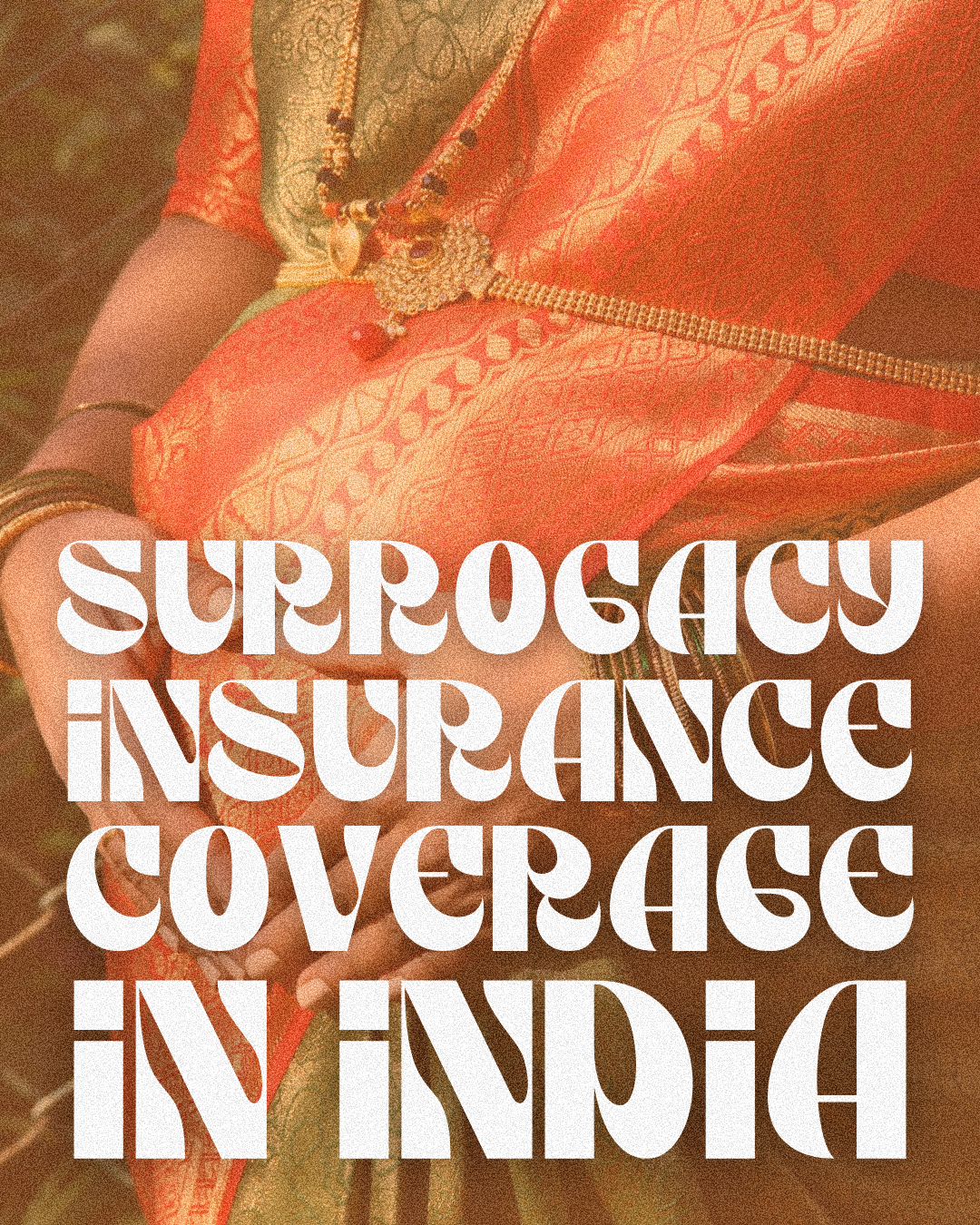The Equality of Insurance Coverage for Surrogacy in India
Our world is constantly changing, growing to keep up with social and economical advancement, and, as many of you might know by now, the benchmarks for that growth tends to rise and dip like a rollercoaster depending on where you are in this world. That uncertainty, especially when the center of it is human rights or healthcare is enough to send a lot of people into a panic, which is unbelievably valid. We are living in times of flux that leaves us on how to proceed when we have to determine if progress is really progress.
The Situation Room
One of the biggest issues that the world is facing is global infertility, and while it doesn’t often share the same headline space as the other laundry list of issues being debated and protested, it is still a problem that is affecting people across the globe. If you don’t know the stats, about 1 in 6 adults (17.5%) have experienced infertility. With numbers not appearing to lower, some of the counter that is thrown around to this is of course assisted reproductive technologies (ART) and surrogacy, but while that does make it possible for “some” intended parents to have children, it does not address the root causes of infertility and it does not address the wealth inequalities that create a barrier that a lot of families can not overcome in order to explore ART and other avenues like surrogacy.
The causes when it comes to infertility are numerous depending on your medical issues, environment, lifestyle, or for other unknown reasons, so tackling that topic is going to be no straightforward task. Now, addressing the wealth inequalities that raises that infertility wall higher is something that is being worked on, but we are left with the question: will the equality truly be equal?
Coverage for All
In January 2022, The Insurance Regulatory and Development Authority of India (IRDAI) issued a directive that all health insurance providers in India adhere to the Surrogacy Act of 2021 and the Assisted Reproductive Technology Act of 2021. This altogether sets to cover the surrogacy expenses of the surrogate and the intended parents. Under the new directive the intended parents should buy health insurance from an IRDA-recognized insurer that covers the cost of all pregnancy related expenses and any post-partum complications for a period of three years.
India is not the only country that is looking to establish insurance to cover reproductive health; however, while this ART act is intended to help many families in India with medical cost and protection, it does create many ethical and social issues.
The Surrogacy Act of 2021 includes guidelines that must be established such as intended parents must be heterosexual couples married for at least five years. The act also makes commercial surrogacy illegal, and only allows altruistic surrogacy which can greatly decrease the number of available surrogates. There are also age limits for the intended parents where the husband should be between 26-55 years old and the wife should be between 23-50 years old. It is also important to know that under the Surrogacy Act, authorities have been set up to verify that the guidelines have all been met in order for the surrogacy process to begin.
Equitable access to care when it comes to infertility, including ART is just part of the full view of reproductive rights. When you exclude people like those in the LGBTQIA2S+ community from having the same access and put in place heavily enforced requirements , it welcomes the criticism of any act or law, and leaves people questioning if it is all performative by keeping the status quo of heteronormativity only being recognized.
The Important Bits
The main question we must ask is whether this equality will truly be equal? When we are presented with change to many laws or the creation of new ones with the intention of helping, we often see that a select group of people are left out and are left to deal with continued inequalities.
Global infertility in its very title spans the entire world and does not have a preference of marital status, sexual orientation, age, or gender. The very call for having reproductive health covered by insurance is because it is a human right, and posting limits on who has access to that right does not move the needle to closing any gap. It actually places people in a familiar position of settling for progress in inches while putting in more work for the true range of equality for all.

